Kelly is a former librarian and a long-time blogger at STACKED. She's the editor/author of (DON'T) CALL ME CRAZY: 33 VOICES START THE CONVERSATION ABOUT MENTAL HEALTH and the editor/author of HERE WE ARE: FEMINISM FOR THE REAL WORLD. Her next book, BODY TALK, will publish in Fall 2020. Follow her on Instagram @heykellyjensen.
We are living in an era defined by several moral panics happening simultaneously. It’s hard not to when the last decade has been mired by the erosion of trust in facts and history, paired with the ever-increasing amounts of mis- and disinformation being sown about near any and every topic imaginable. That we have lost news and truth through the shrinking of local news, the paywalling of stories that impact people’s everyday lives, and seen both traditional media and social media become tools for partisanship has not helped. These are but some of the many reasons why the 2025 Read Harder challenge included the task of reading a book about a moral panic. It’s important to read about both past moral panics and contemporary moral panics to understand where we are now and where we may be going.
But first, what the heck is a moral panic anyway? A moral panic is widespread fear that there is something or someone evil threatening the values, beliefs, and well-being of society. In America, this looks like a marginalized group or belief system earning the blame for shifts away from “traditional” lifestyles or values. “Traditional” is code privilege and most frequently means the white, cishet, able-bodied, and conservative Christian.
We see this right now in the moral panic over “inappropriate” books in schools and libraries; we see this right now in the moral panic over there “not being enough babies being born” in the US; we see it right now in the anti-vaccine movement that’s led to growth in measles, a disease that had been eradicated in this country. The “evil” of being people of color and queer people in the first two, with “big pharma” and literal medical experts and scientists being the third. Moral panics fuel political movements, underpin conspiracy theory, and frequently direct policy, creating damage that can last for generations–if the damage can be undone at all.
For this task, I’ve pulled together a wide range of books about moral panics. They span history, and while the majority focus on American moral panics, not all of them do. Most of these books are nonfiction, but I’ve included several works of fiction which have their moral panics based in real life. There are both trade books here and heftier academic tomes, so you can pick whatever feels like the right moral panic for your time and energy.
It shouldn’t come as a surprise, but most of these books are written by men. This isn’t accidental. Cisgender men are among the most protected from moral panics, and they’re also most likely to have the ability to write about them because of the systems that work in their favor socially, politically, culturally, and in the publishing world more broadly. Rather than create a shorter list to find parity, for the sake of providing a breadth of book options, I’ve elected to keep a longer list and note that we could absolutely benefit from more marginalized perspectives on moral panics.
Nonfiction About Moral Panics
American Panic: A History of Who Scares Us and Why by Mark Stein
If you’re looking for a broad exploration of moral panics throughout America’s history, as well as how those moral panics have helped shape more contemporary panics, this book has you covered. Stein’s book looks at what causes a moral panic to grow in popularity, where and how people become susceptible to one, and how those panics shape policy and politics. This was written in 2014, so it won’t tackle more contemporary topics–including the real issues of mis- and dis- information–but the content should provide a lens through which you can better understand them.
Banned Book Club by Hyun Sook Kim and Ryan Estrada, illustrated by Hyung-Ju Ko
In 1983, Kim Hyun Sook thought going to college would open up her world–she’d convinced her very traditional mother that studying Western Literature in academia would be good for her (and she herself was grateful to get out of having to work in the family’s restaurant).
The problem is that this was during South Korea’s Fifth Republic. It was an era marked by relentless censorship and cruelty inflicted upon the country’s citizens. So when Hyun Sook is invited to take part in a book club at school, she doesn’t expect what this actually would entail–hiding in a dark basement with fellow book lovers in order to read the books deemed illicit by the Regime.
This comic explores anti-intellectualism, censorship, and the real consequences of authoritarianism.
All Access members: read on for 13 more recommendations!
Kelly is a former librarian and a long-time blogger at STACKED. She’s the editor/author of (DON’T) CALL ME CRAZY: 33 VOICES START THE CONVERSATION ABOUT MENTAL HEALTH and the editor/author of HERE WE ARE: FEMINISM FOR THE REAL WORLD. Her next book, BODY TALK, will publish in Fall 2020. Follow her on Instagram @heykellyjensen.
Dangerous Games: What the Moral Panic over Role-Playing Games Says about Play, Religion, and Imagined Worlds by Joseph P. Laycock
The 1980s were the height of the Satanic Panic, and one of the targets of the Christian Right during that era was board games. Dungeons and Dragons and similar games were seen as tools of Satan and dangerous–a kid could get sucked in and be brainwashed into beliefs that defied those instilled into them by their parents. Laycock’s book is an academic work that looks into the history of the panic by laying out how games like Dungeons and Dragons actually mirror Christianity in terms of what a socially constructed reality and imagination is.
There’s a really great episode of the podcast You’re Wrong About that dives into the moral panic over Dungeons and Dragons in the 1980s worth listening to if this is a topic you’d like to learn even more about.
The Quiet Damage: QAnon and the Destruction of the American Family by Jesselyn Cook
If reading about contemporary moral panics is up your alley, then Cook’s recent work about the ways QAnon has destroyed the American family is a must-read. This book outlines the growth of QAnon and conspiracy theories, but it’s grounded in the ways that people who find themselves falling into these traps cause real harm to their families. Why do people fall for these panics? What draws them in? Is there any way to help get them out?
They Called Us Enemy by George Takei
At just four years old, George Takei was taken with his family and tens of thousands of other Japanese Americans and sent to “relocation centers.” These innocent people would spend years of their lives behind barbed wire and under constant guard for no reason other than blatant racism and xenophobia. Takei tells about his experiences, as well as sheds light on how his father continued to believe in the power of democracy, even as it was clear democracy did not extend to him, his family, nor anyone else in these camps.
They Came For The Schools by Mike Hixenbaugh
Mike Hixenbaugh’s book is about contemporary Southlake, Texas, a community that captures the right-wing backlash against education. Everything in the school district seemed ideal: small classes, great teachers, and all of the financial resources imaginable. But after series of racist incidents came to light, the district planned to create more inclusive policies and curriculum in response. That plan backfired, to say the least, and a well-funded conservative backlash began. Southlake is as a template for hundreds of other small, well-funded, right-wing groups to create similar discord and hatred across the country. It’s a story about how public education is under attack right now and how some of the most well-known and notorious politicians are working to destabilize and defund these crucial institutions.
Trust the Plan: The Rise of QAnon and the Conspiracy That Unhinged America by Will Sommer
More QAnon? Yes indeed.
What even is QAnon and how did it move from being a deeply fringe arena of conspiracy theory to becoming part of mainstream political talking points and agendas? That’s what Sommer’s book attempts to explain, as it follows the rise of QAnon, its role in January 6, and the ways in which Americans will be dealing with its repercussions for generations to come.
Unmask Alice: LSD, Satanic Panic, and the Imposter Behind the World’s Most Notorious Diaries by Rick Emerson
No matter what you think you know about the person behind the bestselling fake teen diary Go Ask Alice, the true story is even wilder than you can imagine. This is a book that offers context to the life of Beatrice Sparks, mastermind behind that diary and several others of the era. Sparks was a con artist who lied her way to not only the National Book Awards–being on the first ever panel to award the Young People’s Literature honor–but she stole the stories of real teens and profited nicely off them while doing true harm to those families.
Interwoven in here is the panic over LSD, Satan, and how the Mormon Church helped create the environment perfect for books like this to find a widespread audience.
We Believe the Children: A Moral Panic in the 1980s by Richard Beck
Referenced above in the description for Laycock’s book was the 1980s Satanic panic and how it died into a moral panic over Dungeons and Dragons. But what exactly was the Satan Panic? Beck’s book dives deep into how several states arrested, charged, and tried hundreds of day care workers over accusations that they were sexually abusing children. The media seized on the story, further sending child caretakers into a spiral, worried they would be the next targets.
The Satanic Panic refers to the belief that these caretakers were ritualistically abusing children to appease the devil. These ideas spread widely, thanks in part to an uncritical media and mass hysteria. Beck’s book attempts to give explanation and context for the Panic and helps explain why it is children and women who continue to see the consequences of this time play out today in right-wing politics.
When Crack Was King by Donovan X. Ramsey
Ronald Reagan spearheaded the so-called “war on drugs” throughout the 1980s and 1990s but the movement that ostensibly targeted the crack epidemic was not at all what it seemed. Ramsey’s book explores the ways that the drug has harmed marginalized communities in a very intimate way–through those who’ve lived through it–but it also delivers the real story of what the moral panic about drugs in this era was about: mass incarceration and mass policing of Black and Brown people in America.
Fiction About Moral Panics
Fawn’s Blood by Hal Schrieve
The anti-trans panic is one of the loudest and most dangerous moral panics today, and that’s what Schrieve explores in hir latest book, Fawn’s Blood.
Fawn and Silver are two trans teens in a small Maryland town who have a lot in common. One of those commonalities is an obsession with vampires, a creature that’s being targeted and hunted nationwide for the danger they supposedly pose to humans.
On the west coast, Rachel’s mother is a vigilante vampire hunter. But when Rachel is bit by her mother’s nemesis, Rachel begins to crave all things blood. And when Fawn goes missing, forcing Silver to head west in order to look for him, Rachel and Silver not only crash into each other. They’ve been pulled into the world of an edgelord vampire named Cain who has made a name for himself by shouting about the power of drinking human blood.
Fawn, meanwhile, has stumbled into Seattle’s vampire underground. The group has been working hard to protect the vampire world through safe blood distribution and through protecting one another from the slayer world.
It’s a vampy–err, campy–take on vampires that’s really a story about the highs and lows of being queer today.
Last Night at the Telegraph Club by Malinda Lo
Fall in love with this historical YA book about Chinese-American Lily falling for white Kath during the 1950s in San Francisco. It’s an era of change and upheaval, and it’s an era where the Red Scare emerges to put those who are “other” into their places.
Told in a few timelines, this family story is about immigration post-Chinese Exclusion, about the realities of being called a Communist, and about the ways in which living up to parental and cultural expectations in a changing world means putting your true self in the dark.
Now Is Not The Time to Panic by Kevin Wilson
The book beings in a present period when a reporter reaches out to an adult Frankie Budge, and from there, it quickly flashes back to when Frankie was 16-years-old. It’s summer in small town Tennessee and a weird boy has just moved to town. She and Zeke become friends less because they were into each other and more to keep from becoming bored. In that forced friendship, the two of them accidentally begin a Satanic Panic in their small town.
The Once and Future Witches by Alix E. Harrow
You could put pretty much any book about Salem or fear around witches–American, Irish, or otherwise–into a list about moral panics. But this one is especially worthy of note for the way it cleverly weaves the feminist movement into early colonial American panic around witches.
It’s the late 1800s and there’s no such thing as witch craft. Or is there? James Juniper, Agnes Amaranth, and Beatrice Belladonna, collectively known as the Eastwood sisters, join the suffragist movement in New Salem. It’s here they’ll pull from history and experience to turn the women’s movement into a movement that once again allows witches to reign freely.
Rainbow Black by Maggie Thrash
Thirteen-year-old Lacey Bond is growing up with her parents in New Hampshire, where they run a daycare. But it’s 1990, and with the Satanic panic, both parents have been arrested, and Lacey is forced to make some awful choices.
Fast forward to Lacey’s adulthood. People have mostly forgotten about her, until she makes one mistake and unleashes a major disaster that might just bring rise to another terrible mass panic.
Join All Access to read this article
Get access to exclusive content and features with an All Access subscription on Book Riot.
- Unlimited access to exclusive bonus content
- Community features like commenting and poll participation
- Our gratitude for supporting the work of an independent media company

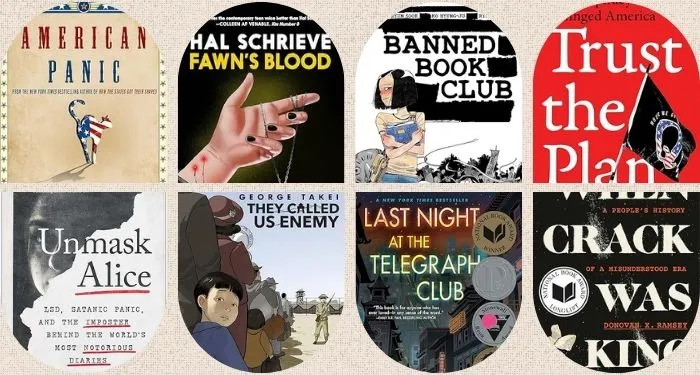
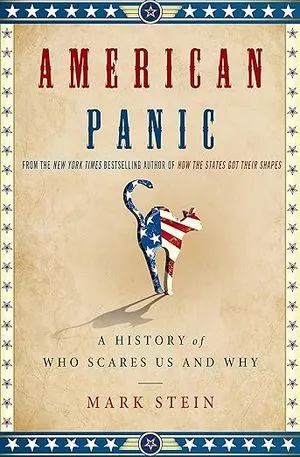
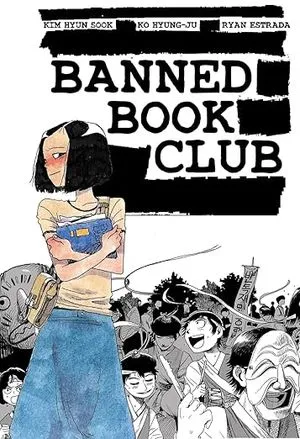
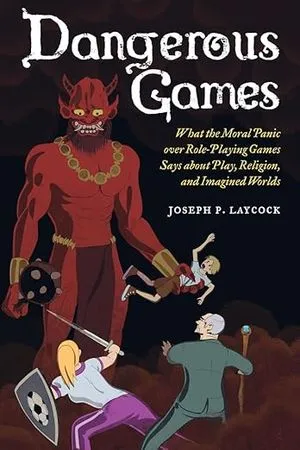
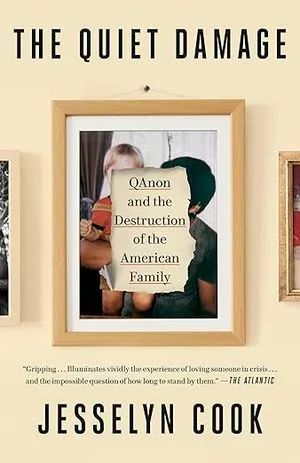
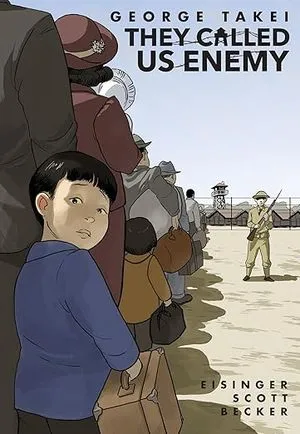
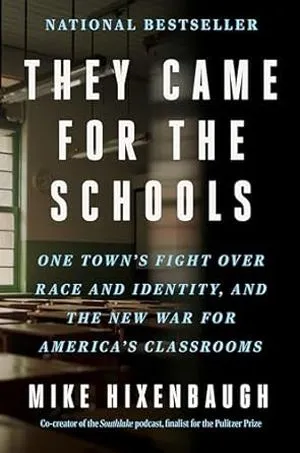
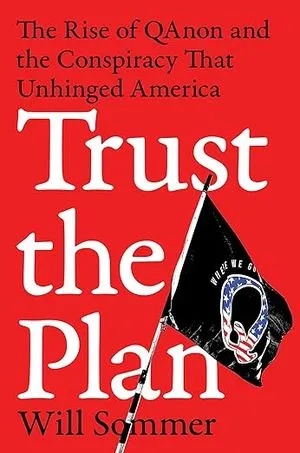
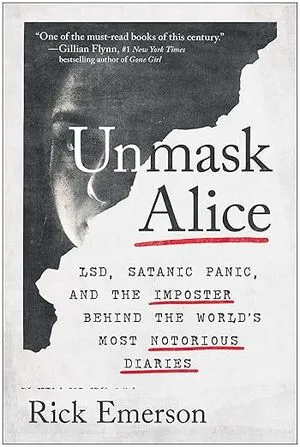
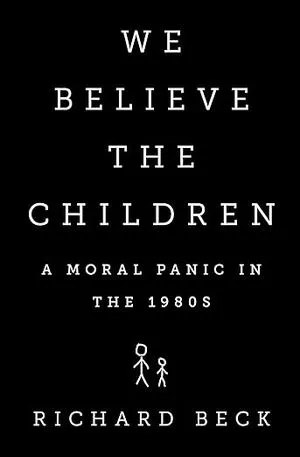
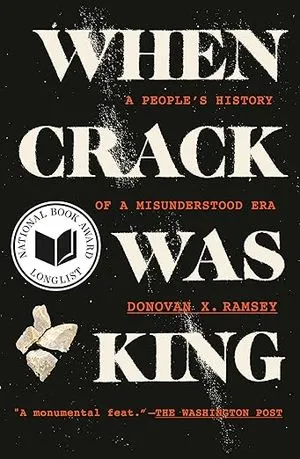
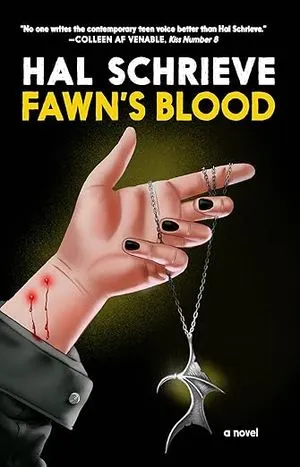
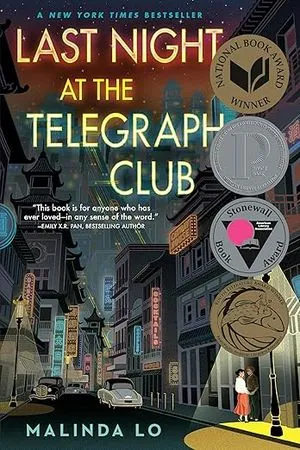
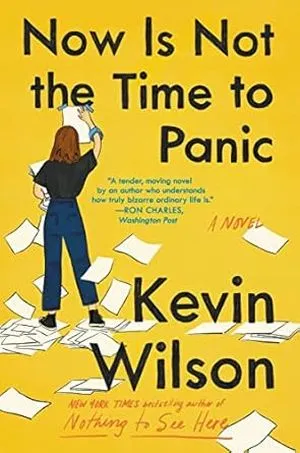
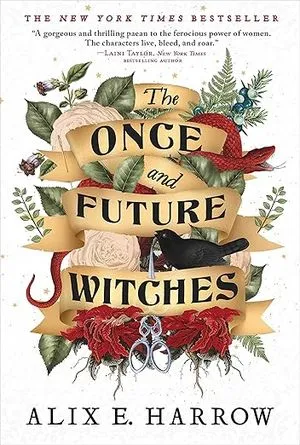
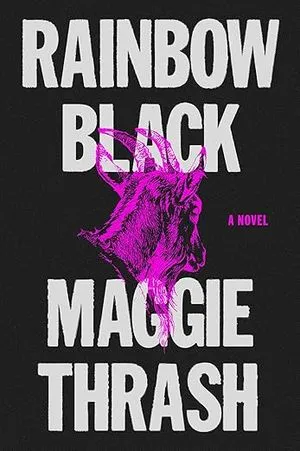



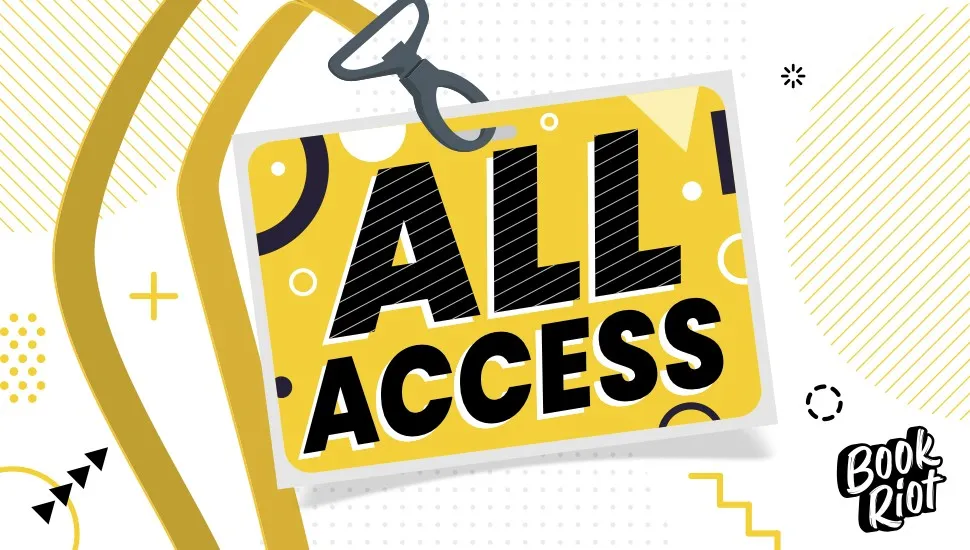




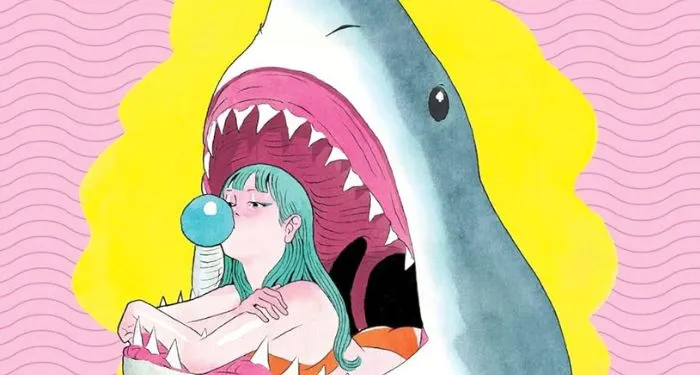



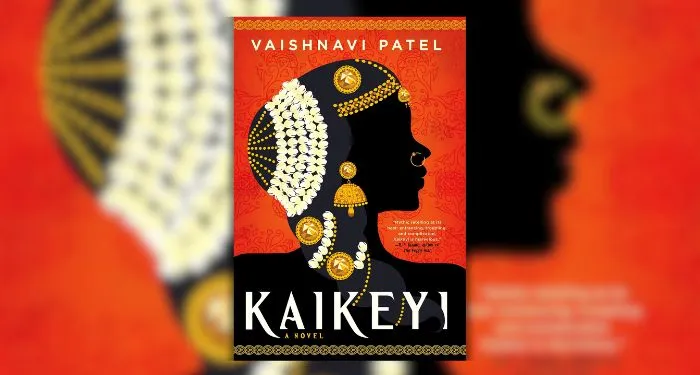


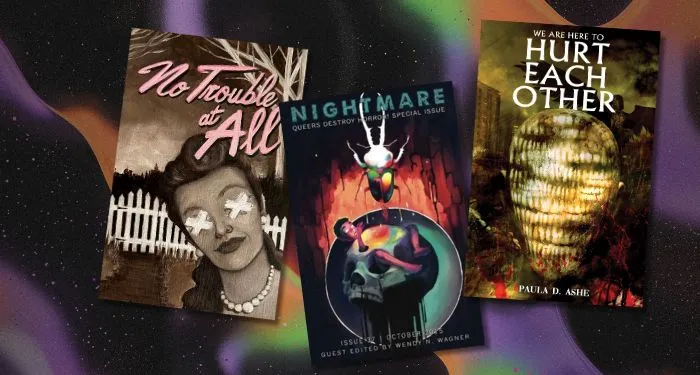


 English (US) ·
English (US) ·